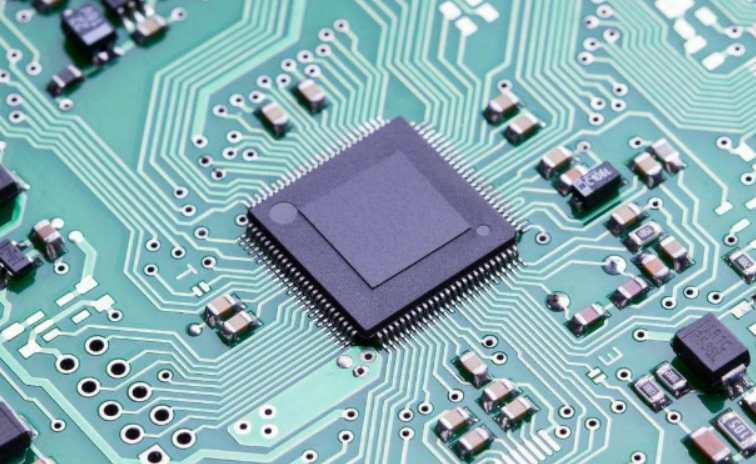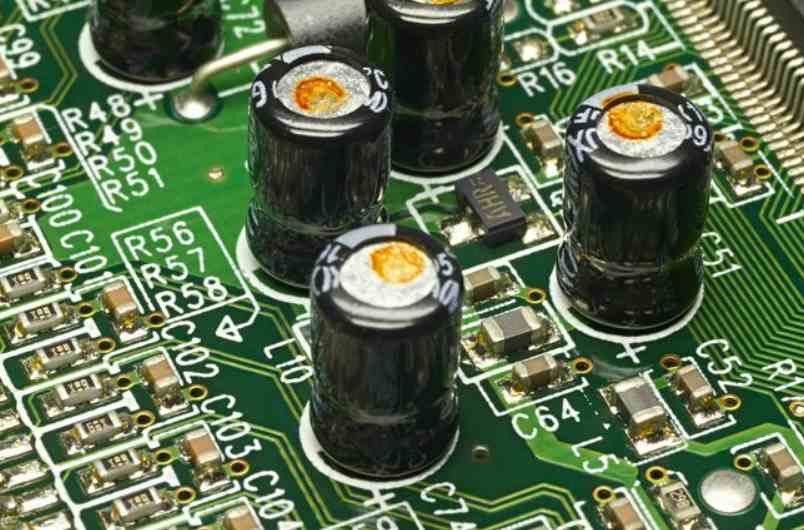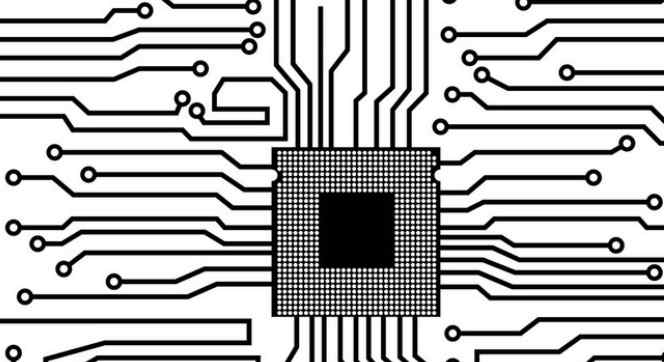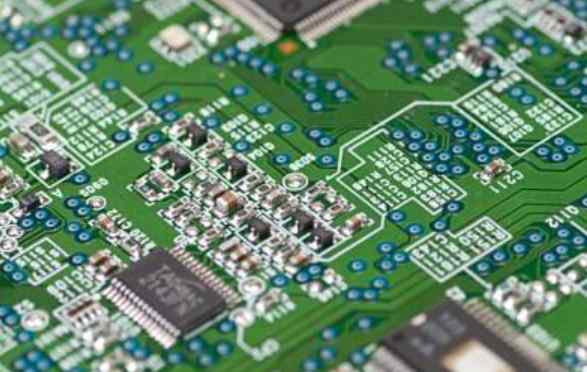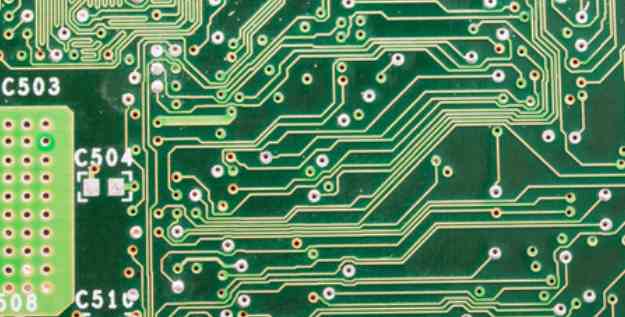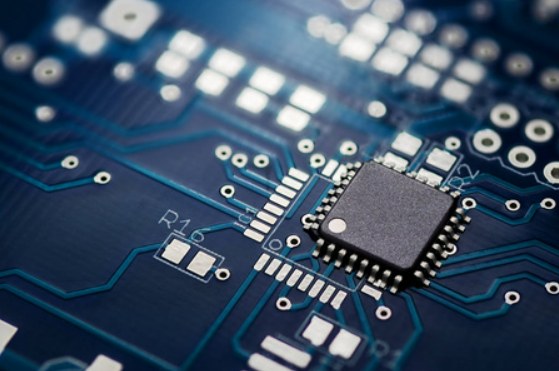
Electroplated nickel gold
"Electroplating" itself can be divided into hard and soft gold. Because electroplating hard gold is actually electroplating alloy (that is, plated Au and other metals), so the hardness will be relatively hard, suitable for use in the need for force and friction, in the electronic industry is generally used as a printed circuit board side contact point (commonly known as "gold finger"). Soft gold is generally used for aluminum wire On the COB(Chip On Board), or the contact surface of mobile phone buttons, and has been widely used in the positive and negative sides of the BGA carrier plate recently.
The purpose of electroplating is basically to "gold" plating on the copper of PCB circuit board, but "gold" and "copper" direct contact will have the physical reaction of electron migration diffusion (potential difference), so must first electroplating a layer of "nickel" as a barrier layer, and then the gold plating to nickel above, so we generally called electroplating, Its actual name should be called "electroplated nickel gold".
Hard gold and soft gold
The difference between hard gold and soft gold is the composition of the last layer of gold plated. When gilded, you can choose to electroplate pure gold or alloy, because the hardness of pure gold is soft, so it is called "soft gold". Because "gold" and "aluminum" form a good alloy, so COB when aluminum wire will be specific to the thickness of this layer of pure gold.
In addition, if you choose electroplated nickel alloy or gold-cobalt alloy, because the alloy will be harder than pure gold, so it is called "hard gold."
Electroplating procedure of soft gold and hard gold:
Soft gold: pickling → nickel plating → pure gold plating
Hard gold: pickling → electroplated nickel → preplated (flash gold) → electroplated nickel or gold-cobalt alloy

metallization
"Gold", is mostly used to refer to this ENIG (Electroless Nickel Immersion Gold) surface treatment method. Its advantage is that the "nickel" and "gold" can be attached to the copper skin without the complicated process of electroplating, and its surface is smoother than that of electroplating, which is especially important for the increasingly small electronic parts and components requiring high flatness (fine pitch).
Because ENIG uses the method of chemical replacement to produce the effect of the surface gold layer, the maximum thickness of the gold layer in principle cannot reach the same thickness as that of electric gilding, and the gold content will be less as you go to the bottom layer.
ENIG's gold plating is considered "pure gold" because it is a displacement mechanism. It is often classified as "soft gold." It has also been used as a surface for COB aluminum wire, but the thickness of the plating must be at least 3-5 micro-inches (μ"). Generally more than 5μ" gold plating thickness is difficult to reach, too thin gold layer will affect the adhesion of aluminum wire; Ordinary electroplating can easily be more than 15 micro-inches (μ") thick, but the price increases with the thickness of the gold.
Flash Gold
The word "Flash gold" comes from the English Flash, meaning rapid gold plating, in fact, it is the "pre-gold plating" of hard gold plating procedure, referring to the previous "nickel plating gold" process description, it uses a larger current and gold containing more concentrated liquid tank, first in the performance of the nickel layer to form a layer of density, but a thinner layer of gold, To facilitate subsequent electroplating of nickel or gold-cobalt alloys. Some people see that this can also be made with gold-plated PCB board, and the price is cheap and shorten the time, so some people take such "flash gold" PCB out to sell.
Because "flash gold" less behind the electroplating procedure, so its cost is much cheaper than the real electroplating, but also because the "gold" layer is very thin, generally can not effectively cover all the nickel layer under the gold layer, so it is relatively easy to lead to the oxidation of the circuit board storage time is too long, and then affect the weldability.
From the point of view of many current circuit board surface treatment methods, the cost of electroplating nickel gold compared to other surface treatment methods (such as ENIG, OSP) is relatively high, with the current gold price so high, has been less used, unless there is a special purpose, such as connector contact surface treatment, and there is the need for sliding contact components (such as goldfinger...) Etc. However, in terms of the current circuit board surface treatment technology, the plating of nickel gold coating has good friction resistance and excellent oxidation resistance or no one can compare.


